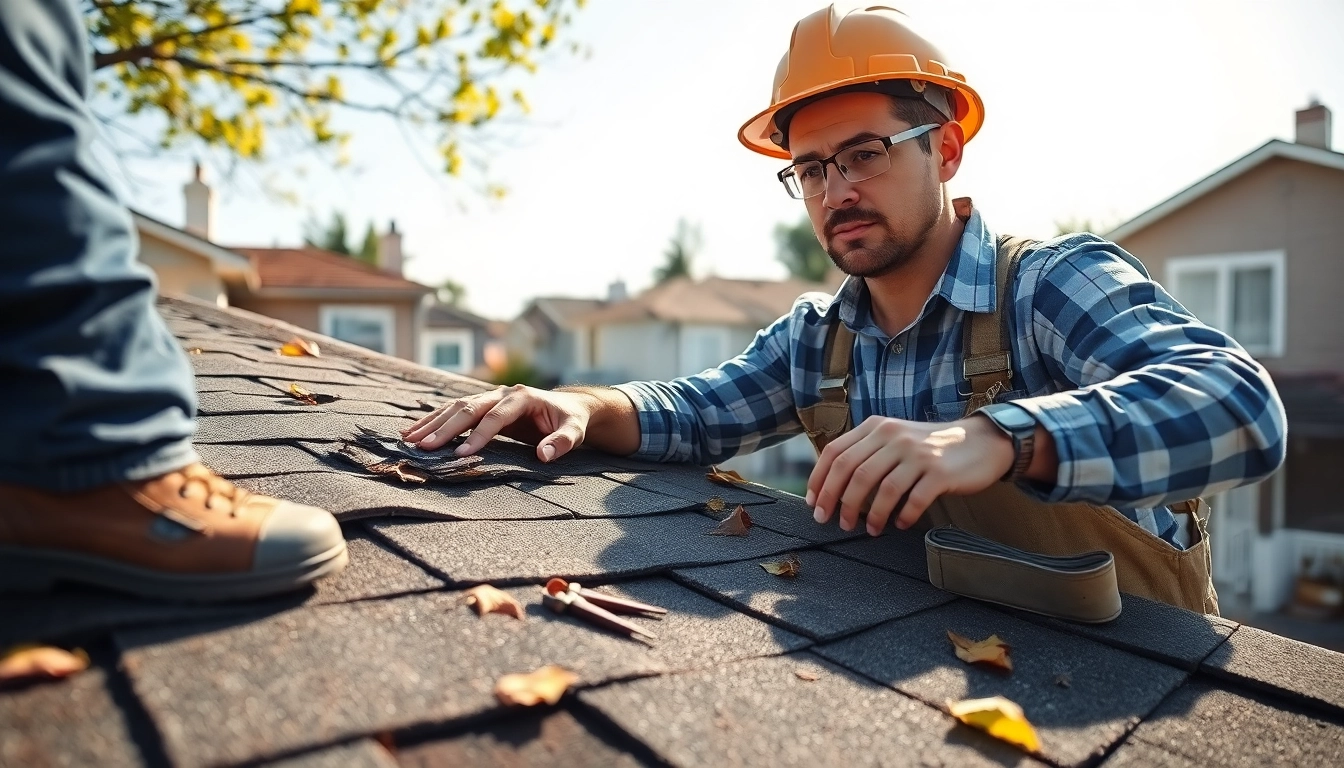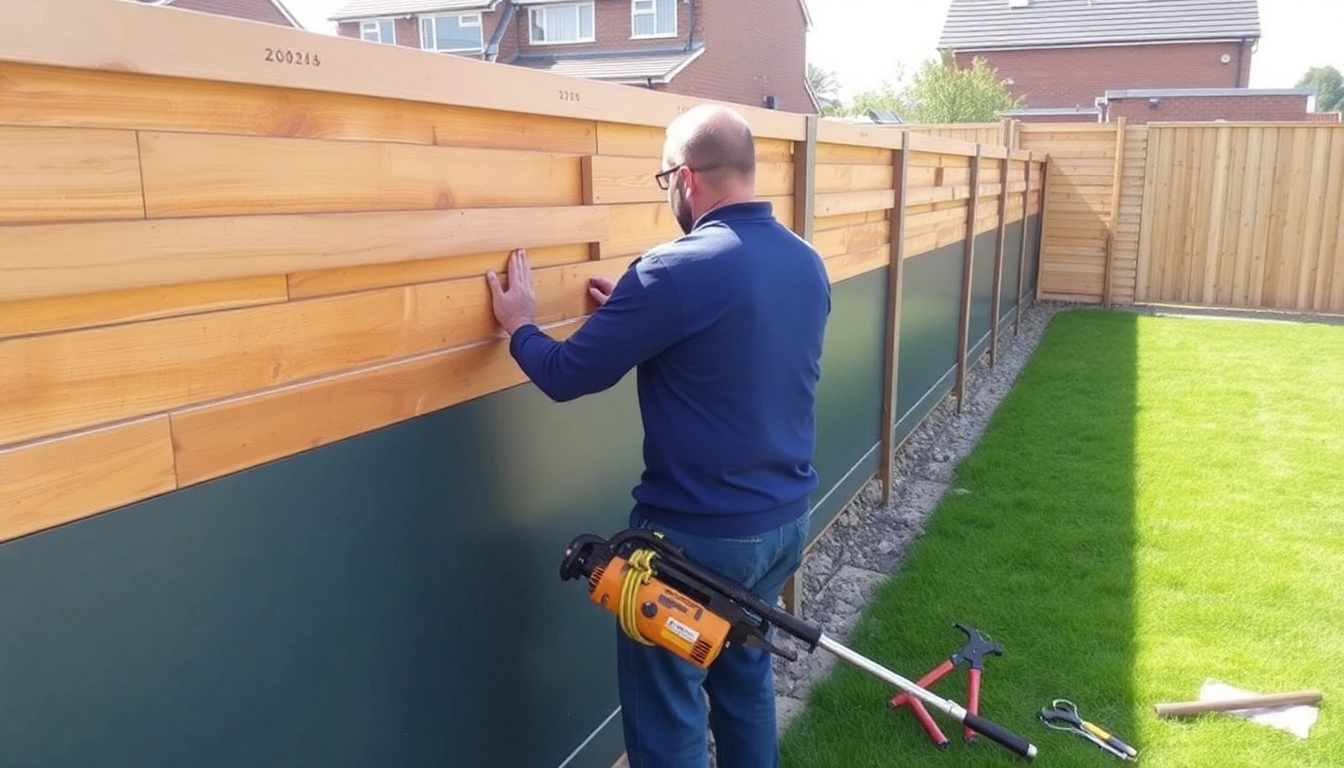Understanding Insurance Roofing Claims
Homeowners face numerous challenges when it comes to maintaining their roofs, especially when damage occurs due to unforeseen events. Understanding the intricacies of insurance roofing claims help is essential for navigating the claims process effectively. This comprehensive guide will delve into the key aspects of roof damage insurance, common causes of roof damage, and how to initiate the claims process smoothly.
What is Roof Damage Insurance?
Roof damage insurance serves as a crucial safety net for homeowners when unexpected incidents arise. This type of insurance covers a range of damages, such as those caused by severe weather events (hurricanes, hailstorms, etc.), falling trees, or even vandalism. It’s important to understand the specific terms of your policy, including what types of damage and repairs are covered, as well as your deductible.
Insurance policies may differ in their coverage: some may be comprehensive, while others may only cover specific types of damage or offer cash value coverage rather than replacement cost coverage. Therefore, thoroughly reading your insurance documents and possibly consulting with an insurance agent is advisable for a complete understanding.
Common Causes of Roof Damage
Understanding the common causes of roof damage can prepare homeowners for potential claims. Here are some frequent culprits:
- Weather-Related Damage: Severe weather events—such as hail, high winds, and heavy snowfall—can wreak havoc on roofs, leading to significant damage.
- Age: Over time, roofs can deteriorate due to wear and tear. An aging roof may develop leaks or missing shingles simply from prolonged exposure to the elements.
- Water Damage: Poor drainage systems and blocked gutters can cause water accumulation, eventually leading to leaks and structural issues.
- Pest Infestation: Birds, rodents, and insects can damage roofing materials, leading to openings where water can infiltrate.
- Improper Installation: Poor craftsmanship during the installation process can lead to premature roof failures.
How to Start the Claims Process
Starting the claims process efficiently involves several key steps:
- Assess the Damage: Before contacting your insurer, conduct a thorough assessment of the roofing damage to determine the extent and type of issue at hand.
- Document Everything: Take clear photographs of the damage from multiple angles. This will serve as evidence when filing your claim.
- Contact Your Insurance Company: Notify your insurer about the damage as soon as possible. Many policies include a timeframe within which claims must be filed.
- Review Your Policy: Familiarize yourself with your policy coverage limits, deductibles, and restrictions before initiating the claim.
Filing Your Roof Insurance Claim
Filing your roof insurance claim correctly is vital for ensuring you receive the compensation needed for repairs. This section offers insights into the necessary documentation and the specific steps to undertake.
Essential Documentation for Claims
Proper documentation is crucial for a successful insurance claim. Key documents can include:
- Photos of the Damage: As mentioned earlier, clear photographs are critical. Include close-up shots of damaged areas, broader images of the roof, and any visible effects on your home’s interior.
- Repair Estimates: Obtain a detailed estimate from a reputable roofing contractor outlining the necessary repairs and associated costs.
- Previous Inspection Reports: If your roof has undergone prior assessments, include those reports to highlight ongoing issues.
- Correspondence with Your Insurance Provider: Keep a record of all communication with your insurance company, including dates, times, and specifics discussed.
Steps to File an Effective Claim
Following a structured method for filing your claim can enhance its effectiveness:
- Gather Documentation: Compile all necessary documents in one place to streamline the process.
- Complete the Claim Form: Fill out your insurer’s claim form thoroughly. Ensure all details are accurate and up-to-date.
- Submit Your Claim: Submit your claim via your insurance company’s preferred method, whether online, over the phone, or by mail.
- Follow-Up: After submission, follow up with your insurance adjuster to confirm receipt of your claim and to inquire about the next steps.
Common Mistakes to Avoid
While filing a roof insurance claim, homeowners should be wary of the common pitfalls that could delay or confuse the process:
- Failing to Document Damage: Neglecting to take adequate photographs or gather necessary paperwork can undermine a claim.
- Missing Deadlines: Be aware of the timelines set forth in your policy for reporting damage and filing claims.
- Underreporting Damage: Ensure you report all damage accurately; incomplete reporting can lead to under-assessment of your claim.
- Ignoring Policy Details: Failing to read your policy carefully can lead to misunderstandings about what is covered, what your deductible is, and other crucial factors.
Working with Insurance Adjusters
Understanding how to effectively interact with insurance adjusters is pivotal for a successful claim process. This section offers advice on what to expect, negotiation strategies, and the importance of understanding your coverage.
What to Expect During the Inspection
When an insurance adjuster comes to inspect your roof, it’s essential to be prepared. Here is what to expect during the inspection:
- Thorough Examination: The adjuster will closely examine your roof while taking notes and possibly using technology (like drones) for aerial views.
- Questioning: Be ready to answer questions about the condition of your roof prior to the damage, which can impact the claim assessment.
- Detailed Report: After the inspection, the adjuster will produce a report that includes their findings and recommendations for your claim.
Negotiation Tips for Homeowners
Negotiating effectively can help maximize your claim payout. Consider the following tips:
- Be Well-Informed: Understand your insurance policy thoroughly, and leverage this knowledge in discussions with the adjuster.
- Present Evidence: Use documentation such as photographs and repair estimates to support your position.
- Maintain Professionalism: Approach all negotiations calmly and respectfully; a professional demeanor can foster better communication.
- Be Persistent: If initial negotiations do not yield satisfactory results, be prepared to persist and seek further clarification or adjustments.
Understanding Your Coverage
Understanding your insurance coverage helps in formulating realistic expectations and claims strategies. Key factors include:
- Types of Coverage: Familiarize yourself with the differences between Actual Cash Value (ACV) and Replacement Cost Value (RCV). The former considers depreciation, while the latter covers full replacement costs.
- Exclusions: Identify any exclusions in your policy that may affect your claim, such as maintenance neglect or damages caused by lack of upkeep.
- Additional Living Expenses: Check if your policy provides for alternative housing during repairs, as this can significantly alleviate your burden.
Repairing Your Roof After a Claim
Once your insurance claim is approved, the next step is repairing your roof. This section details how to select a contractor, considerations for costs, and timelines for repairs.
Choosing the Right Contractor
Selecting a qualified roofing contractor is pivotal. Consider these steps to ensure a good choice:
- Research Local Contractors: Look for contractors with solid reviews and a history of quality work within your community.
- Verify Credentials: Ensure the contractor is licensed, insured, and bonded to protect yourself against potential liability.
- Seek Multiple Estimates: Obtain several estimates and compare them to gauge fair pricing and make an informed decision.
Cost Considerations After a Claim
Repairing the roof can incur various costs that homeowners must anticipate:
- Deductibles: Be prepared to account for your insurance deductible before receiving payout for repairs.
- Material Choices: The type of materials selected for repairs can significantly impact overall costs; consider both price and quality.
- Potential Overages: It’s wise to budget for unforeseen complications that may arise during repairs that weren’t initially visible at the claim time.
Timeline for Roof Repairs
Understanding the timeline for roof repairs helps in planning effectively. General timelines can include:
- Initial Assessment: Within 1 to 3 weeks after filing the claim, the adjuster should examine the damage.
- Estimate Process: You can expect to receive repair estimates from contractors typically within a couple of weeks following the inspection.
- Repair Work: Actual repair timelines can vary based on the contractor’s schedule, the nature of the damage, and weather conditions, ranging from days to several weeks.
Preventative Measures and Maintenance
Preventing roof damage is always preferable to addressing it after the fact. Regular maintenance and proactive measures play critical roles in protecting your investment.
Regular Roof Inspections
Conducting routine roof inspections can catch potential issues before they manifest into costly repairs. Homeowners should consider:
- Scheduling professional inspections at least twice a year, usually in the spring and fall.
- Monitoring for common signs of damage, including missing shingles, sagging, and signs of water intrusion.
- Regularly clearing debris from the roof and gutters to maintain proper drainage.
How to Mitigate Future Damage
Homeowners can take proactive measures to mitigate future damage:
- Invest in Quality Roofing Materials: Opt for higher-quality materials upfront that can withstand the elements better and last longer.
- Implement Proper Ventilation: Ensure your home has adequate ventilation to prevent heat buildup, which can damage roofing materials.
- Ensure Proper Flashing: Proper installation of flashing can stop water from entering around chimneys, vents, and dormers.
Understanding Insurance Policy Updates
Lastly, regularly reviewing your insurance policy is crucial. Policies may change, and your coverage needs might shift. Key aspects to consider include:
- Policy Reviews: Conduct annual reviews to assess whether your existing coverage meets your current needs and circumstances.
- Updating Coverage: If you make significant improvements to your home (like a new roof installation), ensure your coverage reflects this increase in value.
- Staying Informed: Keep abreast of changes in insurance regulations and industry standards that can affect your coverage.
Understanding insurance roofing claims can save homeowners time, money, and stress. Proactively educating yourself on the claims process, working effectively with adjusters, and adhering to preventative maintenance will empower you to navigate this journey successfully.



